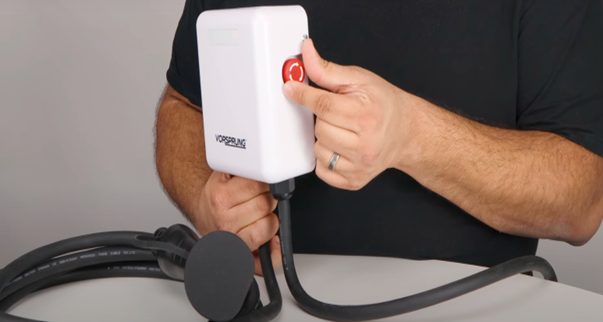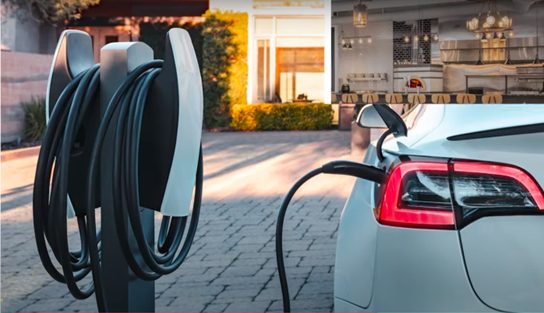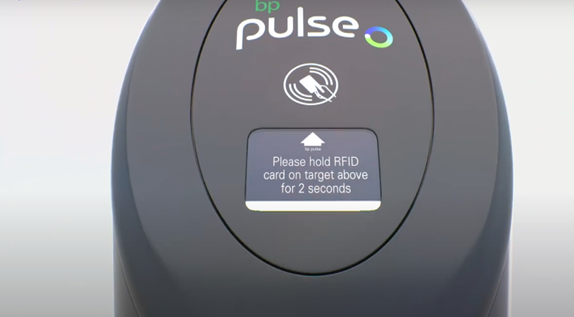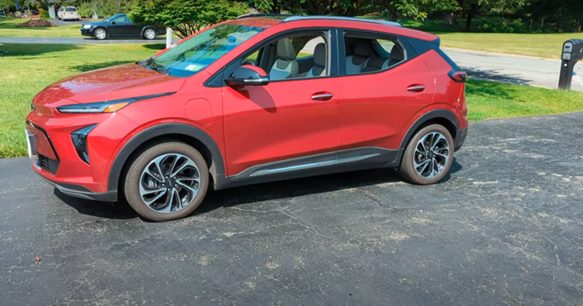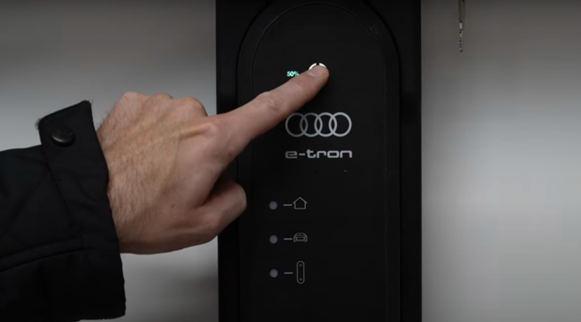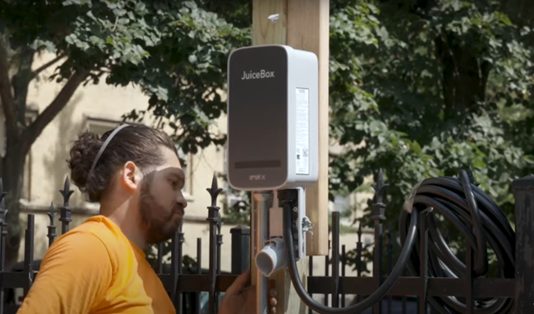Because almost all Chevy Bolt EV chargers behave at 32 amps while a typical home’s circuit (usually 15 or 20 amps) is not designed to handle this much maximum power, the existing circuit may not withstand this much maximum power.
Imagine this: you come home, your way full of greens and ready to recharge your powerful Chevy Bolt EV.
You pull into your driveway and open the door, ready for travel the next day; wait for it. . . you have a flat.
With a sudden snap, the Breaker cuts the flow of electricity, and the state of your battery you were counting on is now a thing of the past. Keep calm and be sure because you and I are the United States electric vehicle drivers.
This instruction offers guidelines with problem-solving components so that you can avoid breaker trips and, as a result, always get the best performance from your Chevy Bolt EV.
Read,
WHY DOES NISSAN LEAF CHARGER KEEP TRIPPING BREAKER?
HOW TO TROUBLESHOOT TESLA MODEL 3 CHARGER TRIPPING BREAKER ISSUES?
Can hard-wired JuiceBox experience Chevy Bolt EV charger Tripping?
Yes, the Juicebox device charging your Chevy Bolt EV can trip with a breaker.
The fact that a fixed installation might not always work makes charging the battery pack a risk.
It might be because of circuit overload, internal chargers or software glitches.
The software of the Juicebox model may get faulty at some point, possibly causing disruptions in the charging process, which might result in energy breaker trips.
Thankfully, the latest firmware upgrade by JuiceBox intends to combat these concerns.
Steps to fix Chevy Bolt EV charger constantly tripping Breaker
Here’s a breakdown of troubleshooting steps to identify the culprit behind those pesky breaker trips:
STEP 1: Ask yourself these key questions:
- How many other things are on the same circuit?
- Has the Breaker outlived its life?
- Do you have a GFCI breaker?
The location of the circuit breaker matters since it can be shared with high-powered amplifiers such as dryers, ovens, or space heaters, which may overload the circuit when charging your Chevy Bolt EV.
Out-dated breakers can malfunction and trip at even a small current draw.
GM dual-level EVSE or charger ownership is a critical factor. These chargers work at 32 amps per station, which is most probably the maximum your circuit could handle.
Do you have a GFCI breaker, or do you need it installed by an industrial electrician instead?
In some cases, GFCIs may sense a tiny amount of current leakage from the charger, which may happen with no tripping once an overload is present.
Step 2: Keep wire ends tight to avoid the arcing.
Continuity is a problem that occurs at switch panels as the current flows, which results in breaker trips when the resistance gets high. Ensure the connections are safe by exploding and tightening loopholes (Always switch power off before messing with this!).
Step 3: The GFCI interrupter, if present, should be checked or replaced.
GFCI breakers are usually present in your outlet. If the nuisance trips suspicion towards your Breaker is high, you should consider replacing them.
Moreover, letting a competent electrician perform this job is the best idea.
Step 4: Use A Y Adapter For Another Similar Outlet (if Available)
However, testing on a different 14-50 NEMA outlet on a separate circuit in the garage will sort the matter out.
Step 5: Checking Current Load must be Less than 80% of Circuit Capacity
The branch circuits of homes are commonly sized as 15 or 20 amps.
To prevent exceeding the circuit loading, maintain the total current drawn on the circuit by all the appliances, including your Chevy Bolt EV charger, at below 80% maximum loading.
However, how you experiment will significantly influence the results, for example, using a 12 amps load for a 15 amperes circuit.
Here’s a quick calculation tip:
Identify the amperage rating of the electricity-carrying wire (which you already found on the Breaker itself).
In computing the latter to the former, take the amperage rating and follow it by pk.
Multiply the amperage rating by 0.8 (e.g., 15 amps x 0.8 = 12 amps for a 15 amp circuit).
Ensure that the total amperage of all appliances on the circuit, including your production line Tesla Bolt EV charger, Does not exceed the calculated degree.
Can heat on the Breaker cause the Chevy Bolt charger to trip?
Heat on the breaker box has somewhat influenced the breaker trips lately, though it is not the most common cause for a Chevy Bolt EV charger breakage.
Here’s why:
Heat Buildup:
The most similar example would be electrical devices, such as switches, that generate heat while working. Nevertheless, the capacity of breakers to withstand this internal heat being generated falls within the permissible operating range.
The Real Culprit:
The failure of the Breaker will probably be attributed to the high temperature of the transformer box. The existence of breaker panels in poor spots like lowly ventilated ones or boiling ambient temperature leads to their tripping to cut off the electricity flow that may pose a burn or electrocution to a person working there.
Solutions for Chevy Breaker Overheating:
Ensure Ventilation:
Please keep the breaker panel in an excellent, stable spot and ensure it is well-ventilated. This panel can be handily positioned near the floor and the wall to allow the airflow to flow freely.
Investigate Ambient Heat Sources:
If your breaker box is in a space with high heat, like an uninsulated garage in the summer, install ventilation or other excellent options to reduce heat around the panel.
Can bad weather cause a Chevy Bolt EV charger Breaker trip?
Implementing an unlikely (Yet maximum) condition like highly harsh weather conditions might trigger a breaker trip for your Chevy Bolt EV charger.
Here’s a breakdown:
Indirect Impact:
Lightning or a power surge that occurs can bring power interruptions or power outage events. Of course, in certain other circumstances, these deviations could lead similarly to the tripping of the Breaker by the safety mechanism that we have set up for the electrical circuit to ensure proper operation.
Not a Common Cause:
The current electrical system and circuit breakers can endure small voltage fluctuations. The power surge can also trip the Breaker if it is too high under peculiar circumstances.
Which Chevy Bolt Chargers Face Breaker Tripping the Most?
- ClipperCreek HCS-40
- Grizzl-E Smart Charging Station
- JuiceBox 40
- Abode Volta
- Lectron Level 2 EV Charging Station
FAQs
1:How do you fix the Chevy bolt EV charger constantly tripping while plugging?
To be more precise, a ground fault is an electric leakage of the circuit path where the electricity is supposed to flow.
Thus, the wrong type of wiring can be the reason for the damage to the charger itself, the outlet, and even the car’s charging system. When the current level enters an overload capacity, the Breaker interrupts abruptly to prevent attacks of shock amperes.
2. My Chevy Bolt EV charger doesn’t have adjustable amperage settings. What can I do?
If your charger is not grounded correctly, you should consider getting a specialist electrician to help you.
They will thoroughly assess the electrical system, which will be different from the charger’s full power, and, as a result, they will recommend an upgrade of the circuit capacity.
3. Are there any safety risks associated with reducing the amperage of my Chevy Bolt EV charger?
On the flip side, this often comes with a reduction of amps, consequently slowing the charging time. Ensure the value is set to meet your demand so that it will not be very high, and the manual should be consulted at a lesser amperage for the correct function.
4. What are some warning signs that my Chevy Bolt EV charger might be faulty?
Whenever you receive an error signal or the light goes red, do not assume it’s okay to continue and stop using your charge for a while.
Different issues can manifest themselves due to internal problems, which could result in breaker trips. In addition, the risk of the standby charger emitting more heat could also pinpoint the issue.
5. The Breaker trips only after a while of charging. Is there a specific time frame for watching?
However, if the trip consistently happens after a similar duration (e.g., 15 minutes), it might point towards:
Due to a strained Chevy Bolt EV powertrain, the battery would initially take more current to compensate for the lost capacity. And therefore, the overload of the circuit will be received (at some charging time).
The charger itself is included in the charging process and may get heated up as the charging goes further. There is no fresh air near the charger so that it could have a breaker trip as a protective measure against an extremely hot circuit.






